Nushrat Jahan Ria
Machine Learning Technique Based Fake News Detection
Sep 18, 2023Abstract:False news has received attention from both the general public and the scholarly world. Such false information has the ability to affect public perception, giving nefarious groups the chance to influence the results of public events like elections. Anyone can share fake news or facts about anyone or anything for their personal gain or to cause someone trouble. Also, information varies depending on the part of the world it is shared on. Thus, in this paper, we have trained a model to classify fake and true news by utilizing the 1876 news data from our collected dataset. We have preprocessed the data to get clean and filtered texts by following the Natural Language Processing approaches. Our research conducts 3 popular Machine Learning (Stochastic gradient descent, Na\"ive Bayes, Logistic Regression,) and 2 Deep Learning (Long-Short Term Memory, ASGD Weight-Dropped LSTM, or AWD-LSTM) algorithms. After we have found our best Naive Bayes classifier with 56% accuracy and an F1-macro score of an average of 32%.
Deep Learning Based Classification System For Recognizing Local Spinach
Jan 06, 2022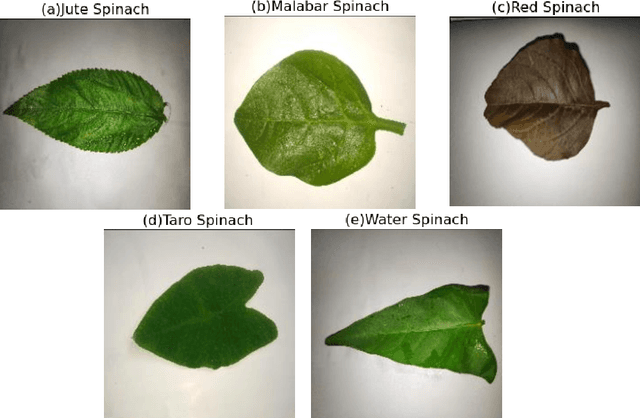
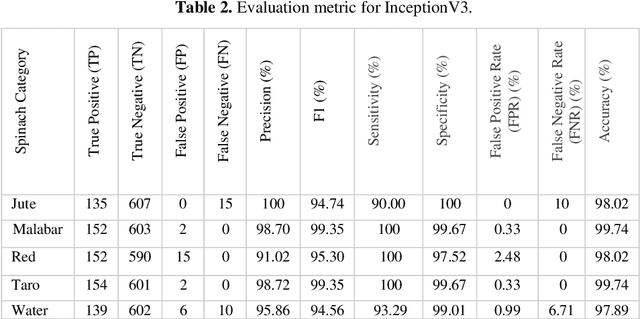

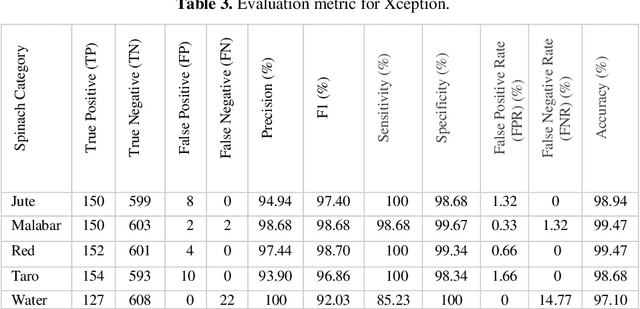
Abstract:A deep learning model gives an incredible result for image processing by studying from the trained dataset. Spinach is a leaf vegetable that contains vitamins and nutrients. In our research, a Deep learning method has been used that can automatically identify spinach and this method has a dataset of a total of five species of spinach that contains 3785 images. Four Convolutional Neural Network (CNN) models were used to classify our spinach. These models give more accurate results for image classification. Before applying these models there is some preprocessing of the image data. For the preprocessing of data, some methods need to happen. Those are RGB conversion, filtering, resize & rescaling, and categorization. After applying these methods image data are pre-processed and ready to be used in the classifier algorithms. The accuracy of these classifiers is in between 98.68% - 99.79%. Among those models, VGG16 achieved the highest accuracy of 99.79%.
Transformer Based Bengali Chatbot Using General Knowledge Dataset
Nov 09, 2021
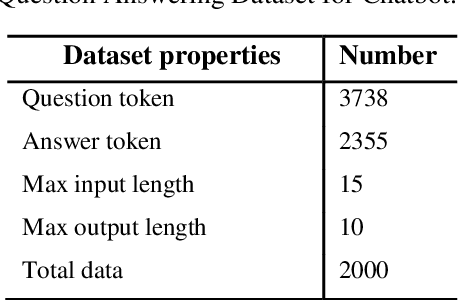
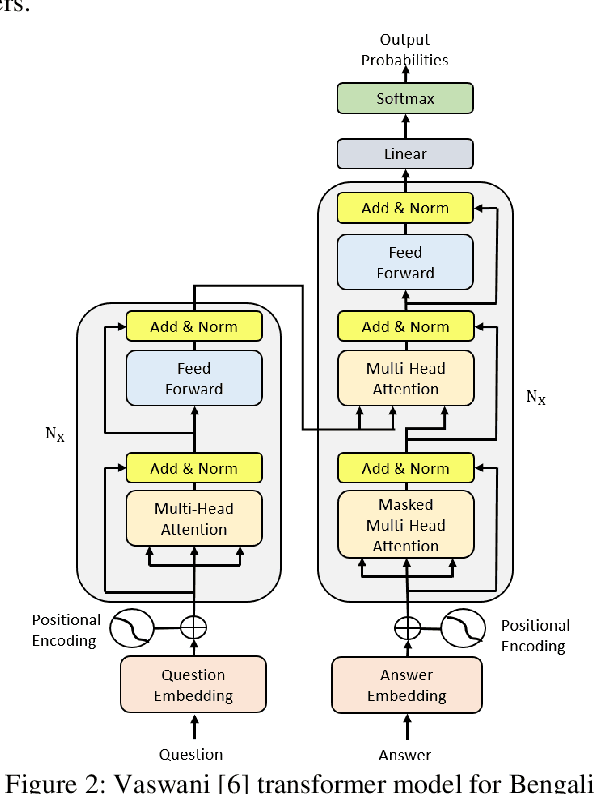
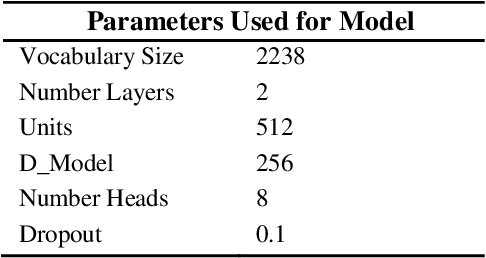
Abstract:An AI chatbot provides an impressive response after learning from the trained dataset. In this decade, most of the research work demonstrates that deep neural models superior to any other model. RNN model regularly used for determining the sequence-related problem like a question and it answers. This approach acquainted with everyone as seq2seq learning. In a seq2seq model mechanism, it has encoder and decoder. The encoder embedded any input sequence, and the decoder embedded output sequence. For reinforcing the seq2seq model performance, attention mechanism added into the encoder and decoder. After that, the transformer model has introduced itself as a high-performance model with multiple attention mechanism for solving the sequence-related dilemma. This model reduces training time compared with RNN based model and also achieved state-of-the-art performance for sequence transduction. In this research, we applied the transformer model for Bengali general knowledge chatbot based on the Bengali general knowledge Question Answer (QA) dataset. It scores 85.0 BLEU on the applied QA data. To check the comparison of the transformer model performance, we trained the seq2seq model with attention on our dataset that scores 23.5 BLEU.
 Add to Chrome
Add to Chrome Add to Firefox
Add to Firefox Add to Edge
Add to Edge